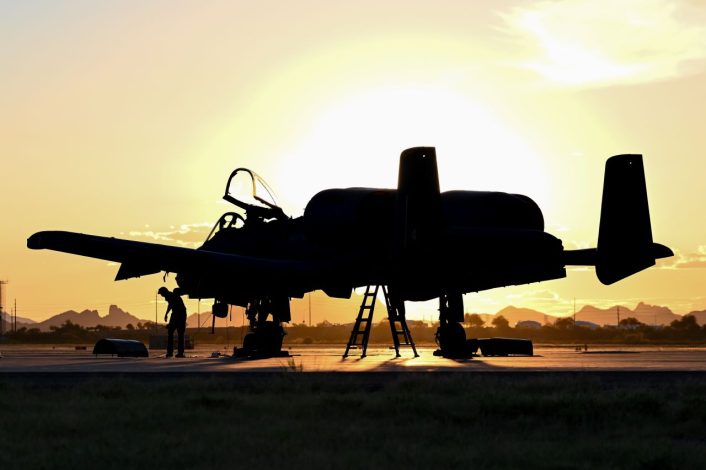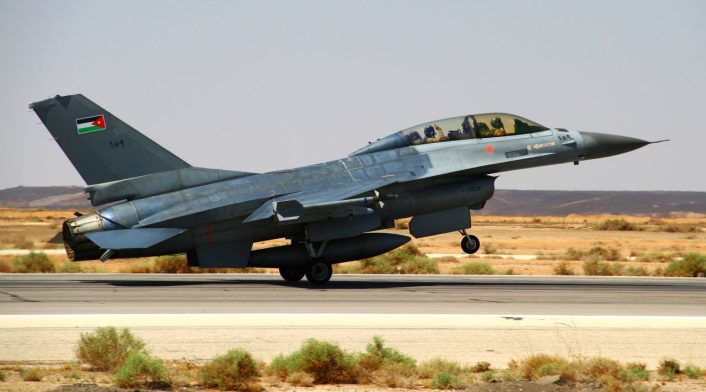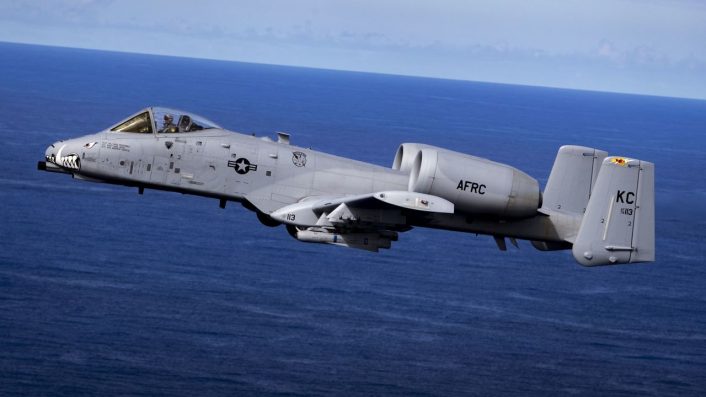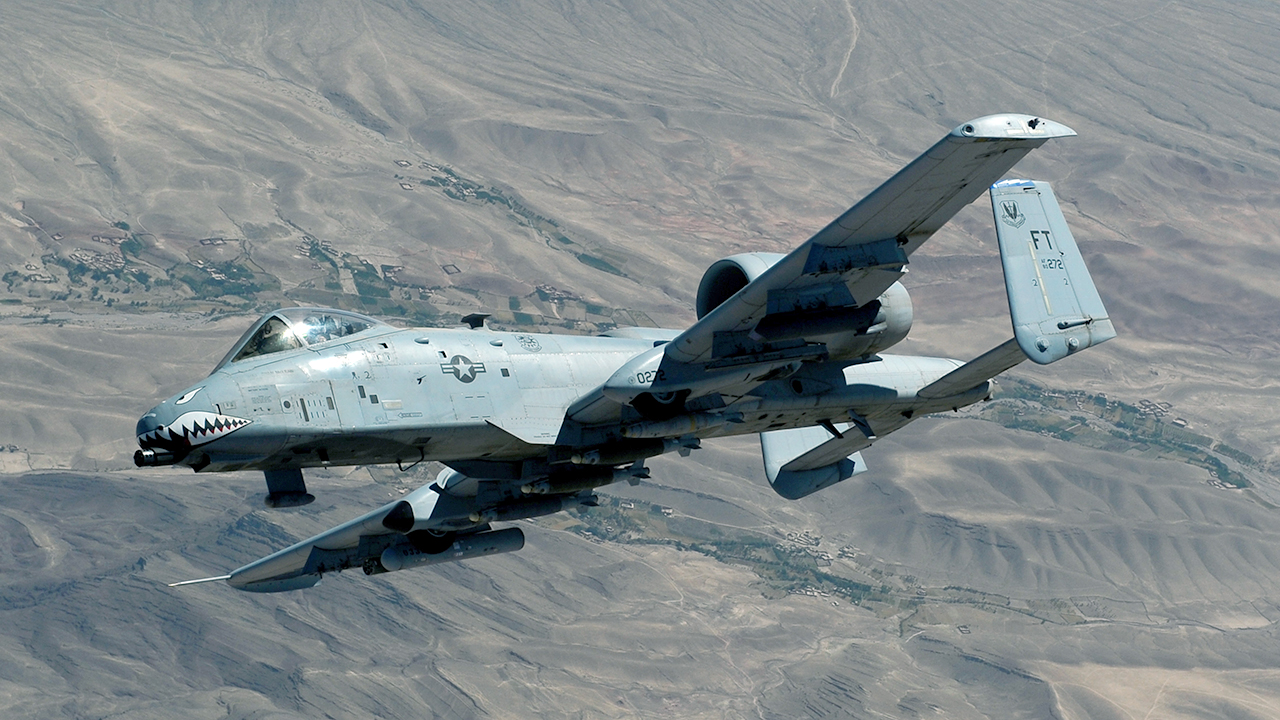The legendary “Warthog” may find a new home in the Middle East.
The United States Senate Committee on Armed Services has directed the Secretary of Defense, Lloyd Austin III, to explore the possibility of transferring retired Fairchild Republic A-10C Thunderbolt II’s to Jordan.
In the fiscal year 2025 National Defense Authorization Act (NDAA) bill released on July 8, the Committee outlined the potential transfer of the attack aircraft to Jordan with the requirement that the Secretary of Defense also assess Jordan’s ability to maintain the aircraft on their own.
The bill, potentially funding the Department of Defense and Department of Energy with a topline of $911.8 billion (€838.9 billion), would also authorize the Air Force to retire 56 A-10s, 65 F-15C/Ds, and 11 F-16C/Ds. Notably, the Committee is still barring the retirement of any F-22As or F-15Es, stating they do “not agree with the Air Force assertion that retiring the F-15E and F-22 aircraft would result in acceptable risk.” The A-10s are expected to be fully retired by 2029.

The bill also made recommended provisions for continued partnership between Jordan and U.S. Central Command to “establish further capabilities for countering air and missile threats from Iran and Iranian-linked groups” within Jordan.
The announcement naming Jordan as a potential operator of the A-10 comes just a few months after Secretary of the Air Force Frank Kendall III noted that one country was interested in obtaining the type. In another report, former Ukrainian Defense Minister Aleksii Reznikov claimed to have asked the United States for 100 A-10s in the weeks after the Russian invasion of Ukraine, where Secretary Austin shot down the idea, saying the airplanes were too dated to be survivable against Russian air defenses.
In 2003, the U.S. Air Force also met with Colombian officials about leasing a squadron of A-10s for a role in their counter-drug fight. The plan was eventually abandoned with Air Combat Command deciding against it.
Jordan has not publicly expressed interest in the “Warthogs” but one can assume interest if they’ve been specifically singled out in the bill. Either way, the Middle Eastern nation has been very active in the counterterrorism fight in the region and could certainly benefit from a proven counter-insurgency platform.

The Royal Jordanian Air Force could be looking to broaden their ground attack capabilities. The service is a current operator of both the F-16AM/BM Fighting Falcon and AH-1 Cobra and last year signed a deal for brand-new F-16V (Block 70/72) “Vipers”. The addition of the A-10 to their fleet could allow their F-16s to take on more air-to-air missions like they recently performed when shooting down Iranian drones headed to Israel on April 13.
Generally speaking, the A-10 can still play a major role in many scenarios. Besides its relatively low operational costs and logistical footprint, as well as its ability to operate from unimproved airfields and roadways, the “Hawg” is able to carry out a wide variety of tasks beyond the pure CAS (Close Air Support), including much in-demand COIN (Counter Insurgency) missions while bringing both tactical and socio-psychological value to an air arm.
Anyway, the Senate directive adds yet another layer to the age-old question: when, if ever, will the U.S. Air Force’s A-10s retire and where will they end up?














